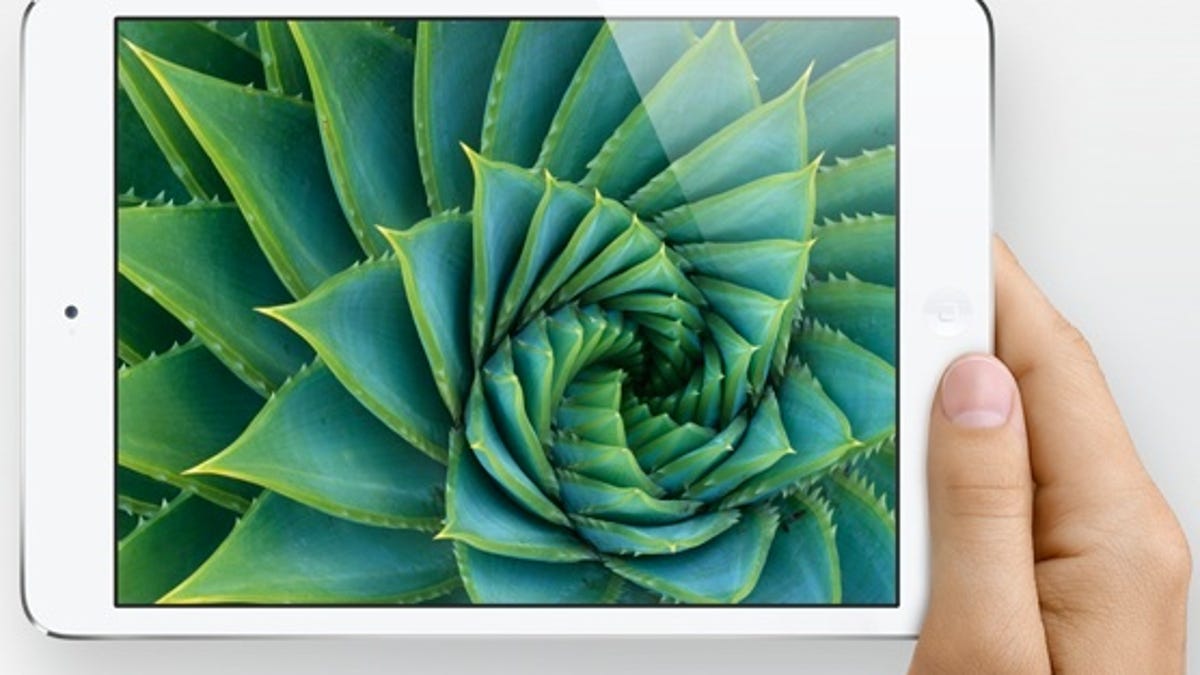Battery life and a sharp screen: A 'Mini' opportunity for Apple
The dynamics involving display quality and battery life on Google's second-generation Nexus 7 should be a lesson for Apple.

Maybe Apple should take its time on the iPad Mini Retina.
Last week I said Google trumped Apple with the release of the Nexus 7's eye-popping 323-pixel-per-inch display.
That's still true -- with a qualifier. After using the Nexus 7 for a week, I've discovered (or I should say it's been reinforced) that the relatively petite battery required by a sleek, small chassis means downsized battery life.
Especially when the device has a gorgeous display. Ultra-high-resolution displays are demanding. They typically need big batteries to keep all those pixels lit up.
Try this. If you have a Nexus 7, go to Android settings and select "Battery." It will likely show (as it does on mine) that the display uses more power than any other single piece of hardware or service. As much as two times, even when set at 50 percent brightness.
That's true for any mobile device but probably more true for the ultra-high-resolution Nexus 7, which has a smaller rating on the battery than the first-gen Nexus 7.
While CNET Reviews found that the battery life (see this chart) on the gen 2 Nexus 7 was superior to the gen 1 Nexus (but inferior to the iPad Mini) I found run-down times short. Definitely shorter than those of my iPad Mini.
So, here's some advice for Apple. Don't release an iPad Mini Retina with decidedly worse battery life than the current Mini. A point echoed here and here.
A great display has limited value if the device can't hold a charge.
Apple, in fact, has provided a few case studies. The third- and fourth-generation Retina iPads got thicker and heavier than the iPad 2, partly because they needed a larger battery to keep a relatively long charge. And the 13-inch MacBook Pro Retina requires a relatively large battery compared with the standard 13-inch MacBook Pro.
Apple has been testing both low-temperature polysilicon and IGZO display technologies for the iPad Mini Retina, according to analysts I've spoken with. Let's hope Apple solves this very difficult problem and comes up with a Retina Mini (still just rumor of course) that is still sleek but that's battery-life friendly.

